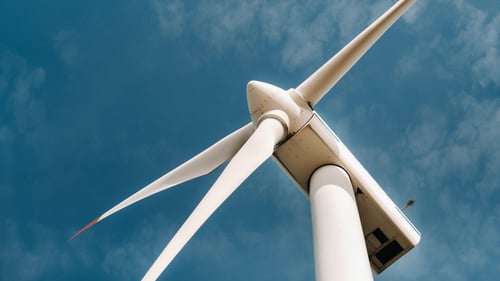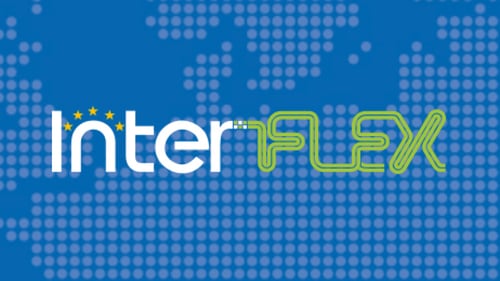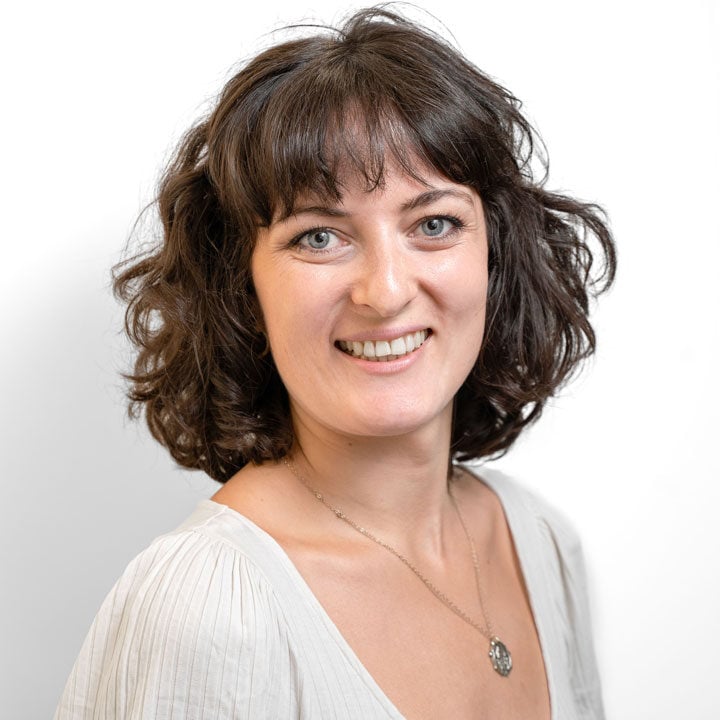Key learnings from EnergieKoplopers2

Sympower shares its learnings from EnergieKoplopers2
This week, Sympower was at the closing presentation of EnergieKoplopers2, a project done together with grid operator Alliander to demonstrate how distributed flexibility can fulfil a key role solving congestion in the current energy system.
For the ones who couldn’t attend, the final report can be found here.
What is EnergieKoplopers?
EnergieKoplopers in Heerhugowaard, the Netherlands, is a project initiated by the distribution system operator Alliander demonstrating how capitalising on the flexibility in energy use of appliances can fulfil an important role in the future energy system.
During EnergieKoplopers1, Alliander investigated how flexibility could be unlocked at the residential level. In order to do that, a mix of smart devices were installed: electric boilers, batteries, heat pumps and PV panels. The positive results of EnergieKoplopers1 led to the launch of EnergieKoplopers2. This follow-up project focussed more on the market dynamic to solve congestion and the different roles involved including the one of the aggregator.
Why did Sympower participate?
Congestion is not a problem of the future. Grid operators are already facing major challenges to be able to meet the growing electricity demand and in some cases local supply. However, increasing the current capacity requires big investments and time for grid operators. At Sympower, we strongly believe that flexibility can contribute to solving congestion and participating in the EnergieKoplopers project is a way to showcase this. It’s very exciting to see that in the meanwhile trading flexibility for congestion became a reality with the launch of GOPACS in the Netherlands by the key grid operators (TenneT, Stedin, Liander, Enexis and Westland Infra).
Investigating a market model to trade flexibility and solve congestion for grid operators
With EnergieKoplopers2, Sympower gained experience in all the necessary dimensions to make such a project successful:
– Implementing the necessary technical infrastructure
– Using open standards to steer devices (EFI & PowerMatcher) and trade flexibility (USEF)
– Developing the algorithms to forecast net consumption of residential prosumers
– Creating an autonomous mechanism including forecasting, trading, steering platform with positive results
– Managing the communication with ±100 households including proposing different value propositions, billing and sharing results along the project
It was a very insightful project for Sympower in terms of identifying the current bottlenecks in the system and more importantly, working with and gaining insights into the stakes of the different parties involved.
Find all the lessons learned and details about the project in the final report.
Interested to know more?
Please reach out! Sympower is happy to share lessons learned and experience with DSOs or other market players interested in leveraging flexibility to solve congestion.
Other articles you might find interesting
-
.jpg?length=500&name=Article%20Thumbnails%20-%201920x1080%20new%20website%20(36).jpg) News5 December 2019
News5 December 2019Cleaning Up Our Operational Waste: Sympower Goes Carbon Neutral
Read more -
.jpg?length=500&name=Article%20Thumbnails%20-%201920x1080%20new%20website%20(37).jpg) News5 December 2019
News5 December 2019Unlock a world of possibilities: partner with us for a sustainable future!
Read more -
 News5 December 2019
News5 December 2019Demand-side attention for a successful energy transition? | Sympower in energypress.gr
Read more -
 News5 December 2019
News5 December 2019Sympower and Vattenfall renew partnership to provide Northern Europe with grid-balancing services
Read more -
 News5 December 2019
News5 December 2019Accelerating the adoption of Demand Response in European markets
Read more -
 News5 December 2019
News5 December 2019Sympower and Vattenfall working together to power flexibility in the Swedish energy market
Read more -
 Partnerships5 December 2019
Partnerships5 December 2019European Interflex Project Successfully Completed
Read more
